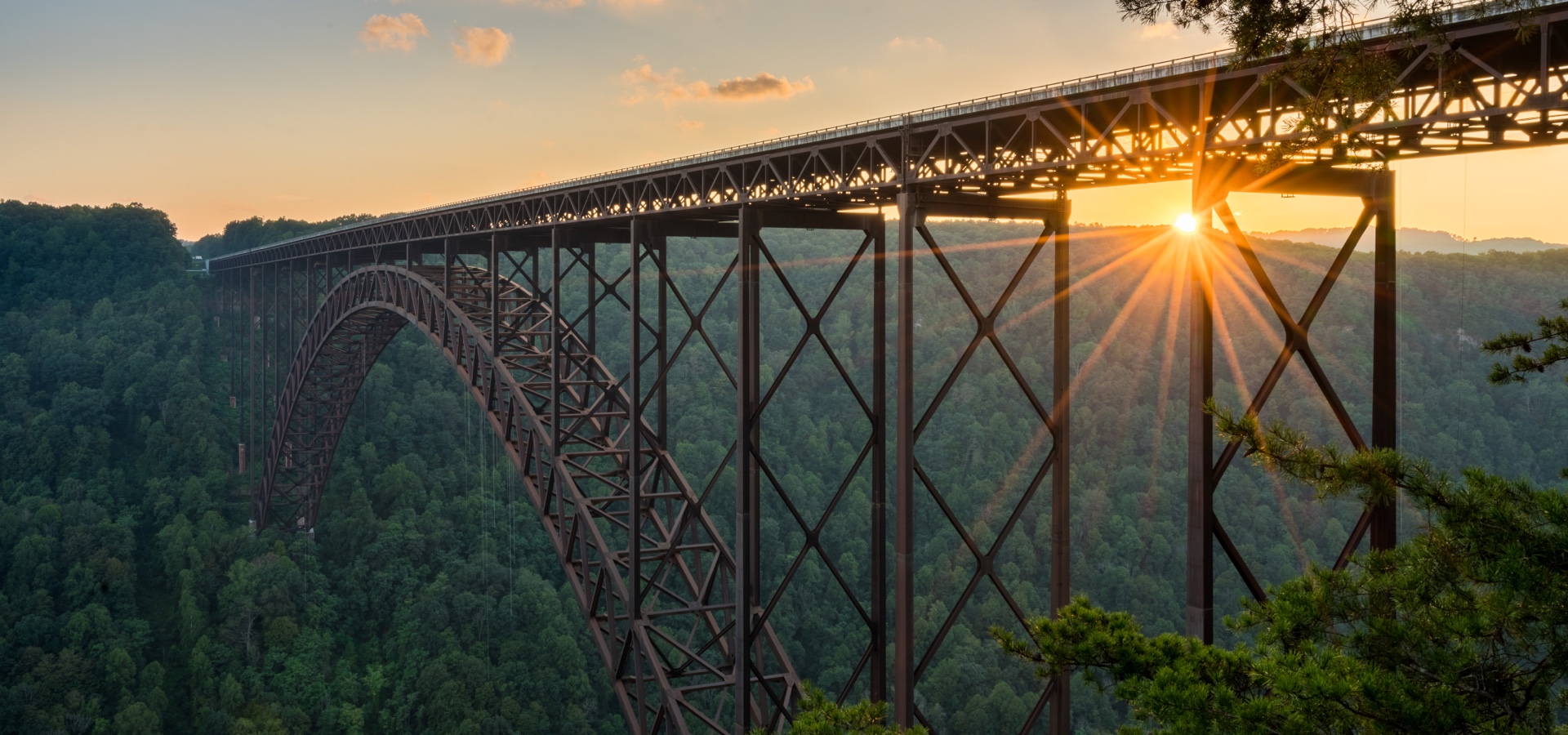Natural Resources: Bridging the Gap to a Cleaner Future
There is a strong case to be made that resources companies are part of the solution—not the problem—when it comes to tackling climate change.
“Climate Change is the defining issue of our time and we are at a defining moment.”
United Nations
When it comes to extreme climate events, 2021 was a record-setting year. From wildfires across the Mediterranean and U.S. Northwest, to hurricanes and severe flooding in many parts of the world, climate change has become a prominent part of the global conversation. While there is some consensus around what needs to be done to tackle this urgent and enormous challenge, solving for the how is much more complicated.
In order to limit temperature rises across the world to 1.5C by 2050, as called for by the Paris Climate Agreement, a drastic reduction in greenhouse gas (GHG) emissions will be required. Efforts to achieve ‘net zero’ emissions by 2050 have primarily targeted carbon, given that it is the largest single emitter of GHGs and produced in significantly larger volumes than the second-largest emitter, methane. Resources-intensive mining, steel and energy industries have accordingly come under fire, as they produce large amounts of carbon through processes like coal mining, oil and natural gas extraction, and steel production. Coal, for example, accounts for over 40% of total GHG emissions.1 But what people may not realize is that there are a number of ‘good actors’ across these industries as well, which—perhaps counterintuitively—will play a pivotal role in bridging the gap to a greener and more sustainable future.
Why Resources Are the Solution (Not the Problem)
Reaching ‘net zero’ emissions by 2050 is a tremendous undertaking, requiring a complete transformation of a global energy grid designed to run off of fossil fuels—thermal coal, oil, natural gas, etc.—to one with renewable power at its core. As part of that, by some estimates, wind and solar will need to account for roughly 55% of total global energy supply, up from just 6–7% today.2 It also means rethinking the 80% of our energy that currently comes from oil, natural gas and coal.3
Tackling a challenge of this scale will require massive investment in areas like renewable power, sustainable infrastructure and clean agriculture. Notably, almost all of this infrastructure is resource-intensive, reliant on inputs ranging from copper to aluminum to hydrogen. For example, an offshore wind farm needs an estimated five times more steel on average than an onshore fossil fuel power plant producing the same amount of power.4 Many wind turbines also require lubricants made from petroleum and concrete platforms that come from construction materials companies. To put this another way, we are at the precipice of a global mega-demand trend, and resources are at the heart of the solution.
1. Source: International Energy Association (IEA), CO2 Emissions from Fuel Combustion 2021. As of April 2021.
2. Source: IPCC, BP. As of September 2020.
3. Source: Environmental and Energy Study Institute. As of July 22, 2021.
4. Source: Arcelor Mittal. As of December 2020.

